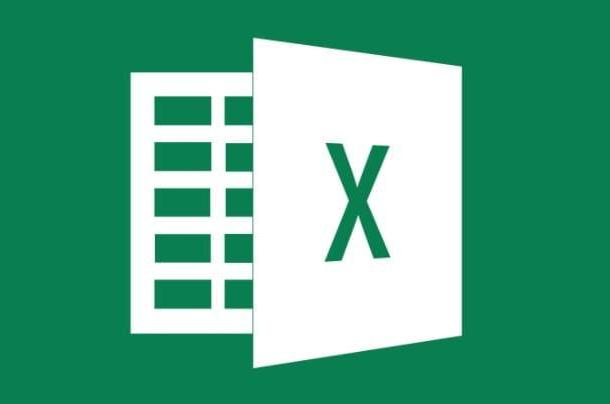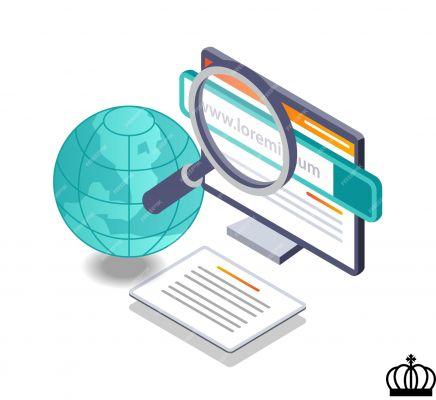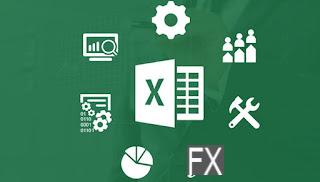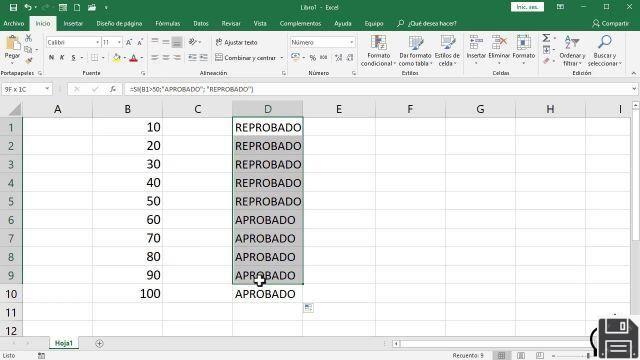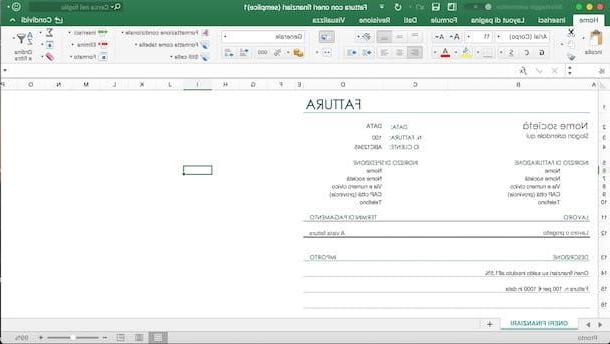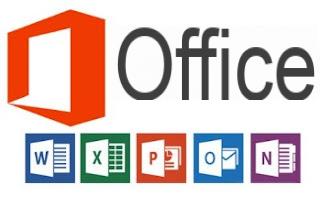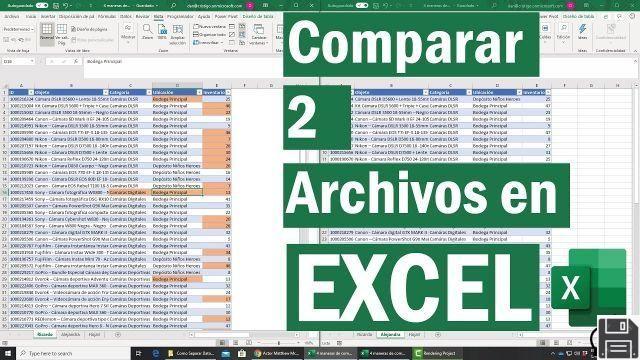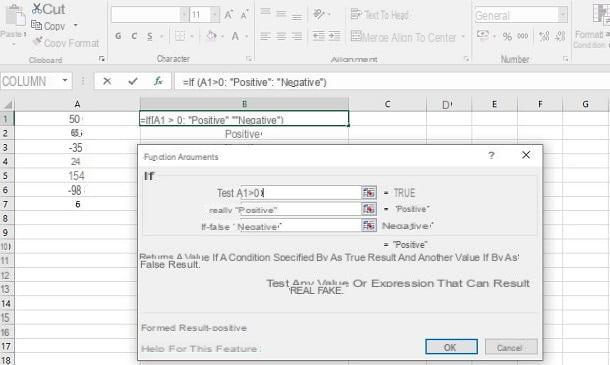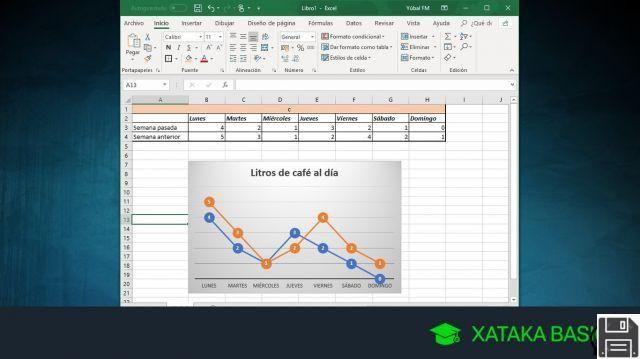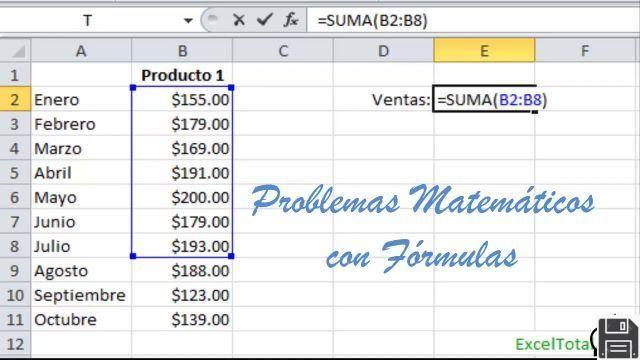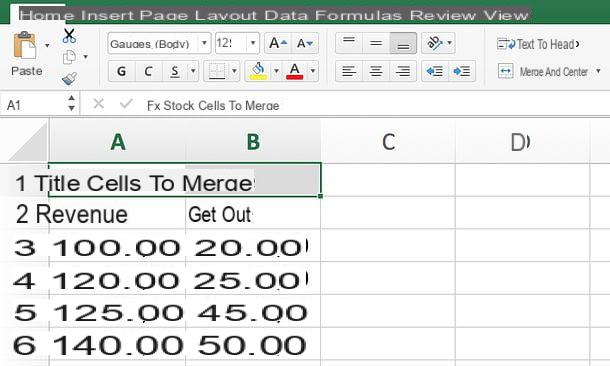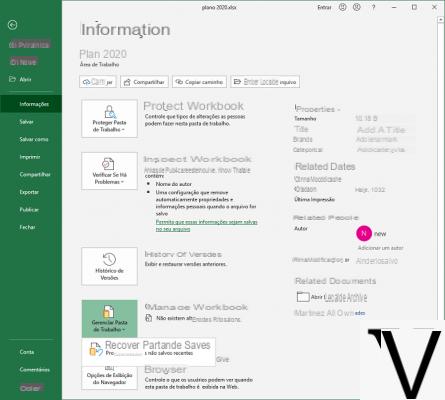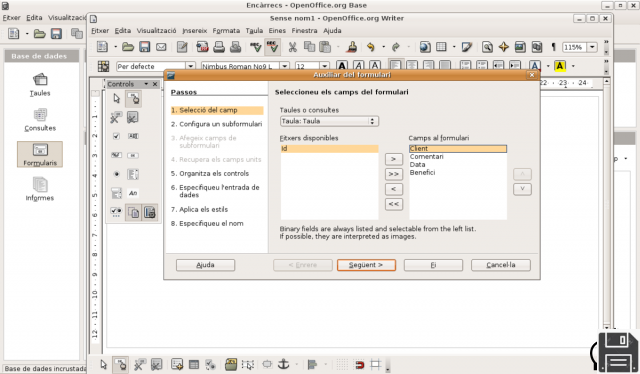
What is a database?
A database is an organized set of information that is stored and accessed efficiently. It allows you to manage large volumes of data in a structured way, facilitating its storage, search and recovery.
Database Basics
To better understand how databases work, it is important to know some basic concepts:
1. Tables
Tables are the fundamental structure of a database. They represent sets of related data and are organized in rows and columns. Each row in a table is known as a record, and each column is known as a field.
2. Primary and foreign keys
Primary keys are unique fields that uniquely identify each record in a table. On the other hand, foreign keys establish relationships between tables, allowing information from different tables to be linked.
3. Inquiries
Queries are instructions used to extract specific information from a database. They allow you to search, filter data and generate custom reports.
Database Types
There are different types of databases, each designed to meet specific needs:
1. Bases de datos relacionales
Relational databases are the most used. They are based on the relational model, where the information is organized in tables and relationships are established between them using primary and foreign keys.
2. NoSQL databases
NoSQL (Not Only SQL) databases are an alternative to relational databases. They do not use the relational model and allow unstructured or semi-structured data to be stored, such as documents, graphs or key-value data.
3. Object-oriented databases
Object-oriented databases allow you to store and manipulate complex objects, such as images, videos, or multimedia files. They are especially useful in applications that require a high degree of interaction with objects.
Database Examples
Below are some database examples:
1.MySQL
MySQL is an open source relational database management system. It is widely used in web applications and offers great speed and scalability.
2.MongoDB
MongoDB is a document-oriented NoSQL database. It allows data to be stored in JSON format and is very flexible and scalable.
3 Oracle
Oracle es un sistema de gestión de bases de datos relacional muy utilizado en entornos empresariales. Ofrece una gran seguridad y rendimiento.
Open source database software
Open source database software is software whose source code is available for modification and distribution. Some examples of open source database software are:
1. PostgreSQL
PostgreSQL es un sistema de gestión de bases de datos relacional de código abierto. Es conocido por su robustez, escalabilidad y capacidad de manejar grandes volúmenes de datos.
2.SQLite
SQLite es una biblioteca de bases de datos relacional de código abierto. Es muy ligero y se utiliza ampliamente en aplicaciones móviles y embebidas.
How does a database connected to a system work?
A database connected to a system allows information to be stored and accessed efficiently. The operation of a database connected to a system can be summarized in the following steps:
1. Database creation
First, the database structure is created, defining the tables, fields and relationships necessary to store the information in an organized manner.
2. Data insertion
The data is then inserted into the database. This is done using SQL statements or through graphical interfaces that make the task easier.
3. Queries and updates
Once data is stored, queries can be performed to extract specific information or update existing data. These queries are performed using query languages such as SQL.
4. Connection with the system
The database connects to the system through a database manager. This manager allows you to access the database, make queries and manage information securely.
Frequently Asked Questions (FAQs)
1. What is the difference between a relational database and a NoSQL database?
The main difference lies in the structure of the data. In a relational database, information is organized into tables and relationships are established between them. On the other hand, in a NoSQL database, data is stored in an unstructured or semi-structured way, allowing greater flexibility.
2. What is the best open source database software?
Choosing the best open source database software depends on the specific needs and requirements of each project. Some popular options include PostgreSQL, MySQL, and MongoDB, each with their own advantages and features.
Conclusion
Databases are fundamental tools in information management. They allow you to store, organize and access large volumes of data efficiently. There are different types of databases, each designed to meet specific needs. Additionally, open source database software offers flexible and scalable alternatives. Understanding how a database connected to a system works is essential to take full advantage of its potential.
We hope this article has been helpful in understanding databases and how they work. If you have any additional questions, please do not hesitate to contact us.
Until next time,
The fordatarecovery.com team




